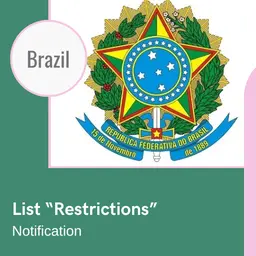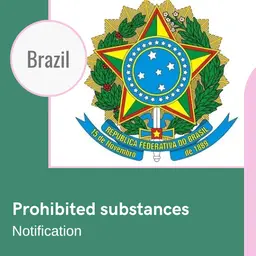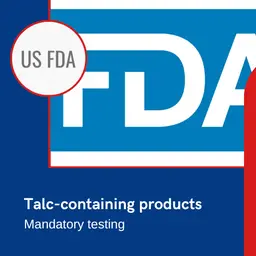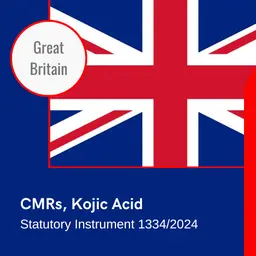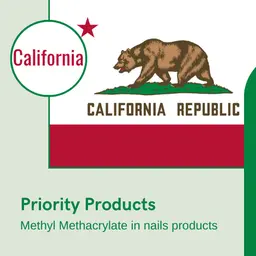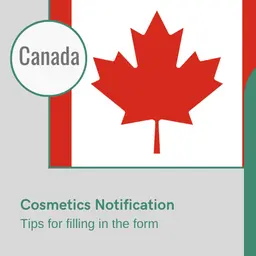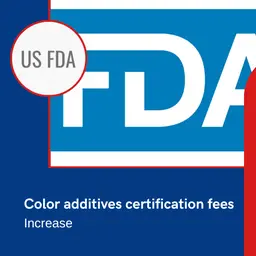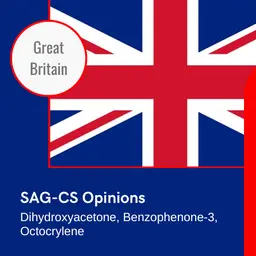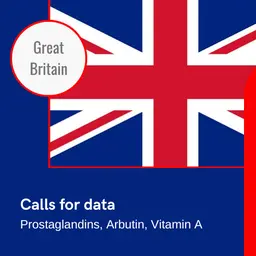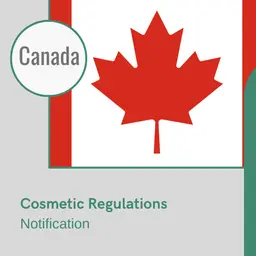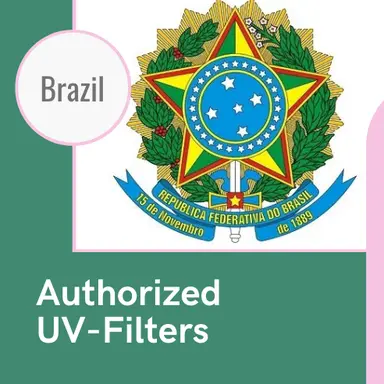
On 18 February 2022, Brazil notified the WTO of its Resolution No.600, adopted on 9 February to internalise Mercosur Resolution No. 44/15, as amended by Resolution 14/21, which establishes the list of permitted ultraviolet filters for personal care products, cosmetics and perfumes. If this list has a number of entries equivalent to that of Annex VI of the European Cosmetics Regulation 1223/2009, it includes however some notable differences, integrating substances banned in Europe or providing for different conditions of use for others…
The list of authorised UV filters in Brazil now has a total of 36 entries. It includes 25 completely identical to the list in Annex VI (authorised UV filters) to Regulation 1223/2009.
But it also includes three substances that are not allowed as UV filters in Europe, two of which are banned in cosmetics: PABA and 3-Benzylidene Camphor, and three that are listed as UV absorbers and are not in Annex VI, Cinoxate, Benzophenone-8 and Menthyl Anthranilate.
Finally, the conditions of use of five substances are more or less different, and the Brazilian list does not mention Titanium Dioxide and Zinc Oxide in nano form.
Here is the full list, and its comparison with the European regulation.
1. Camphor Benzalkonium Methosulfate
CAS
• 52793-97-2
Maximum authorised concentration
• 6%
European regulation
• Annex VI/2 to Regulation 1223/2009, same conditions.
2. Terephthalylidene Dicamphor Sulfonic Acid
CAS
• 92761-26-7 / 90457-82-2
Maximum authorised concentration
• 10% (as acid)
European regulation
• Annex VI/7 to Regulation 1223/2009, same conditions.
3. Butyl Methoxydibenzoylmethane
CAS
• 70356-09-1
Maximum authorised concentration
• 5%
European regulation
• Annex VI/8 to Regulation 1223/2009, same conditions.
4. Benzylidene Camphor Sulfonic Acid
CAS
• 70356-09-1
Maximum authorised concentration
• 6% …



